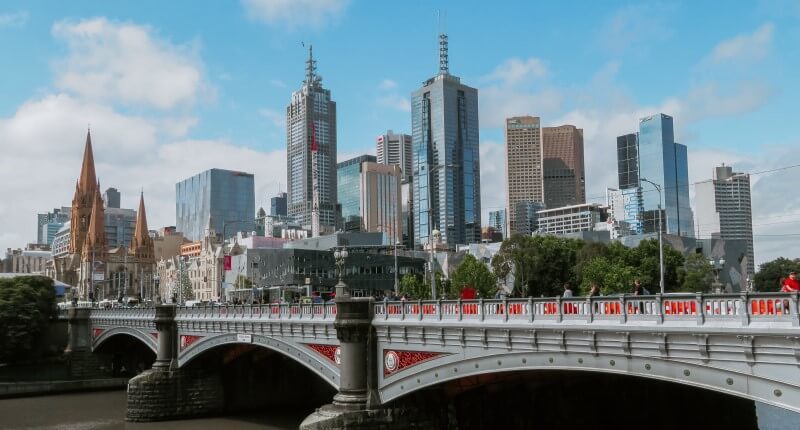- The five largest CBDs in Australia contribute $512 billion to the economy annually, says the Property Council
- Connections at the workplace are vital for businesses, says Property Council Chief Executive
- Argues most businesses have established appropriate Covid practices and protocols
- Sydney and Melbourne CBDs each produce over 7 per cent of national GDP
Considering the easing restrictions and most businesses having various Covid practices and protocols in place, the Property Council of Australia believes the time is right for businesses and workers to return to their regular workplace.
“After a year of disruption caused by the COVID-19 pandemic which forced many Australians to work from home, office building owners and managers have declared they are ready for the return to their workplaces after their summer break,” said the Property Council of Australia Chief Executive, Ken Morrison.
“Working together, Australians have done a great job in adjusting to a COVID-safe way of life,”
“Our members have also been doing their part, by ensuring workplaces are ready for business and their workers to return,”
“Every part of the journey through an office building including foyers, lifts, end of trip facilities, common areas and shared spaces has been reviewed with new practices and protocols put in place to promote health and safety.”
Mr Morrison additionally stresses the importance of having established connections in the workplace, in particular from an economic point-of-view.
“The connections and relationships established in the workplace helped to sustain businesses while people worked from home, and they’ll be just as important as we build the economic recovery from the impact of COVID-19,”
“There’s a powerful economic effect from people working together in offices, which is why our major CBDs are such important drivers of productivity and innovation,”
“There’s a growing momentum for people to come back to their workplaces, and our members are ready to support their return in the coming weeks and months.”
The Economic Output of the Australian CBDs
According to statistics from the Property Council, the GDP of the CBDs in Australia five million-plus cities totals over $512 billion annually to the Australian economy – bigger than most economies in the world.
- Sydney CBD: $140 billion, over 500 000 jobs in the CBD
- Melbourne CBD: $100 billion over 500 000 CBD jobs
- Brisbane CBD: $172 billion, which is 49 per cent of Queensland State Gross Product, almost 500 000 jobs
- Perth CBD: $80 billion, 150 000 jobs
- Adelaide CBD: $20 billion, 20% of South Australia‘s gross state product supporting about 145 000 local jobs.








